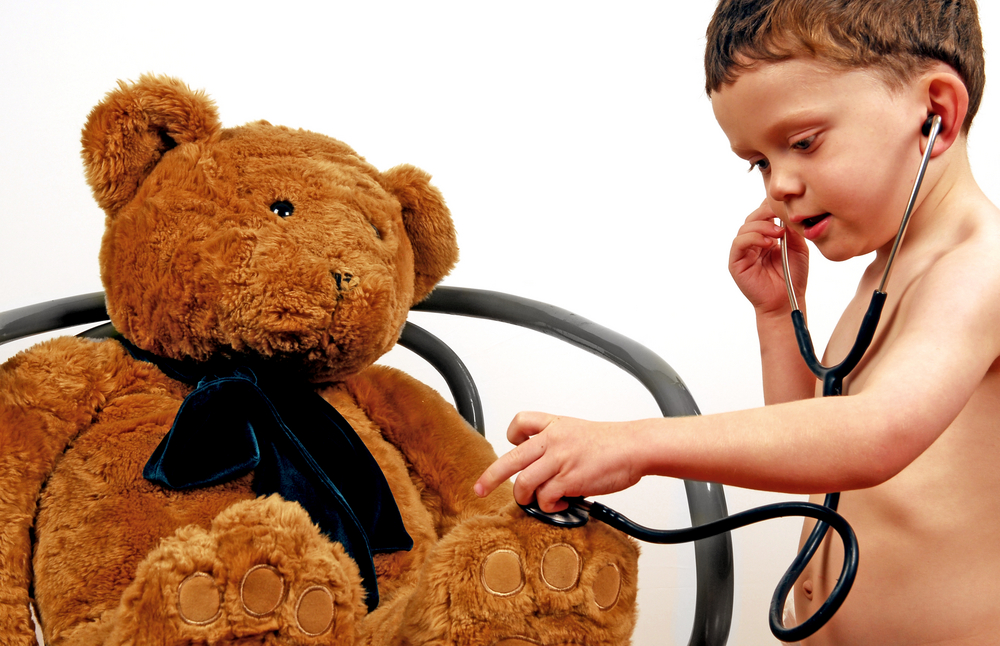Make believe play is part of a developing child’s repertoire.
Its appearance signals a shift in how your child is thinking. Once your child can “play make believe”, they are capable of symbolic thinking. This means that they understand that one thing can represent another. For instance, a shoe can represent a telephone, and a stick can represent a sword, etc.
There have been many different theories about fantasy, or make-believe play over the years.
Early child theorists believed that children couldn’t distinguish between fantasy and reality. Current thinking is different; child development experts now usually believe that children have no trouble telling the difference between what’s real and what’s not. They play make-believe for other reasons. First of all-it’s fun! But also, in a way, it’s work. Children are learning a lot while they play.
Make-believe play often involves real life scenarios, at least at first.
A young child pretends to be mother or father, or a community member, like a doctor or librarian or police officer. Even when a child’s play develops to incorporate dragons and dinosaurs and the like, it usually has elements tying it to the experiences that child has had in their environment.
This incorporation of real life into fantasy play shows us that playing really is “working” to a child-it is their main method of learning about the world around them, and how they fit into this world.
Fantasy play can help children in many ways.
A child can practice what it’s like to feel in control of their environment, which enables them to confront fears and worries.
Make believe situations in play also help children develop their sense of self.
By creating dramatic scenarios and then “acting” in them, children have an opportunity to explore their own thoughts, feelings and actions in a variety of life situations. They also, in a way, are exploring thoughts, feelings and actions of others who they have observed, perhaps even exploring the concept of empathy. They also practice communicating their thoughts and solving problems.
To help you get in the spirit of interacting with your children through make-believe play, take a moment and think about when you were a child. What types of make believe games did you play?
© Parent Trust for Washington Children

